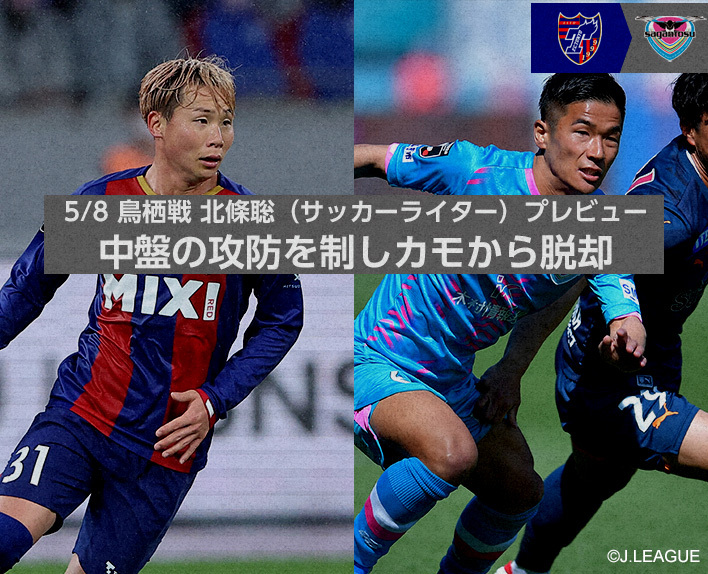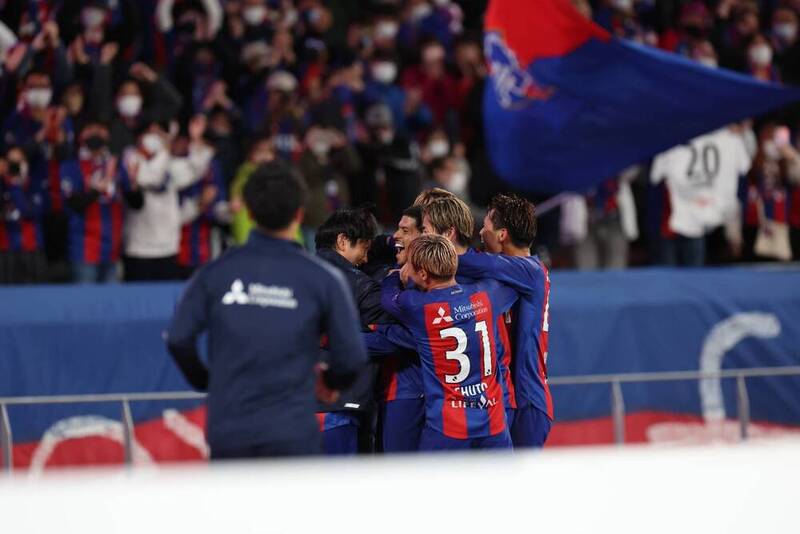Weakness and prey - will that formula change?
The home team will be tested. FC Tokyo, who struggles against Sagan Tosu, will face them.
After all, they are in a 5-game losing streak in the league. They haven't won a single game since October 2019 before the COVID-19 pandemic. During that time, Myung Hwi KIM (Kim Myung Hwi) was the manager leading the team. This season is different. Under the new manager Kenta KAWAI, they are starting over and the main players have also changed significantly.
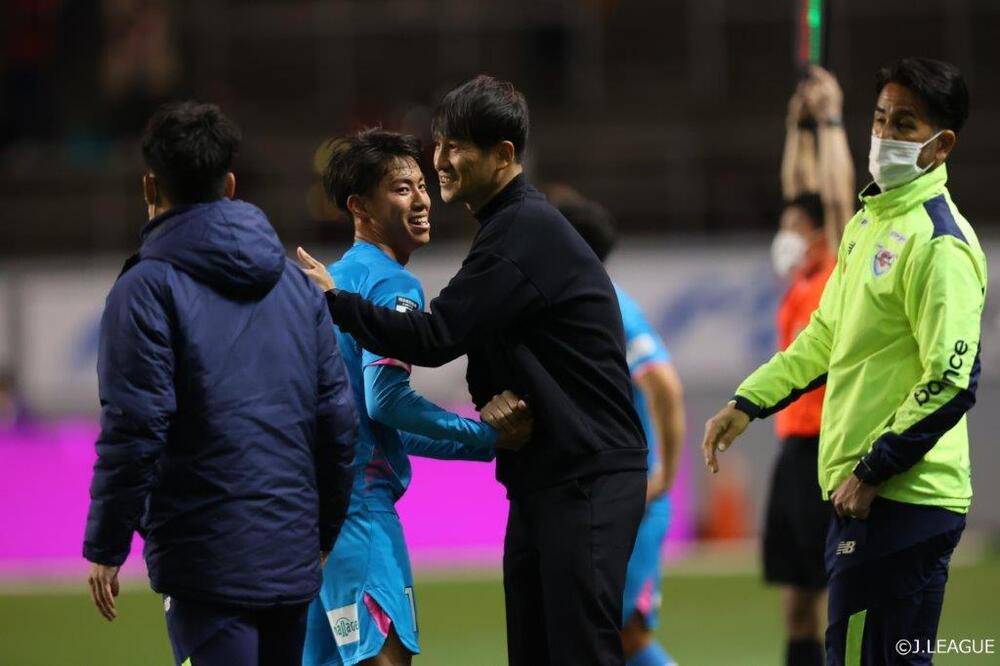
However, Sagan Tosu is still a dangerous opponent.
Regardless of offense or defense, the bold and precise style of play is the same as before (in the previous era). Even running ability is involved, and you can even see the traces of evolution. It's clear at a glance when you look at the numbers. The average running distance per game (125.1km) and the number of sprints (226) at the end of Sec. 9 are both in first place.
【Source】From the J.League official website
Regardless, the positional play introduced during the Kin era continues. Each player changes their position while observing the movements of the defense, quickly advancing the ball. The high average ball possession rate per game (54.3% as of the end of the 9th round) is a reflection of this. Despite losing many key players from last season, this remains the case.
Manager Ayumu KAWAI, despite his first challenge in the J1 League, is a rising star who is well-versed in the basics of modern football. Not only did he lead Ehime FC (then in J2), but he also played a role in implementing positional play as a coach for Montedio Yamagata (J2). In addition, his team's reinforcements were also well thought out.
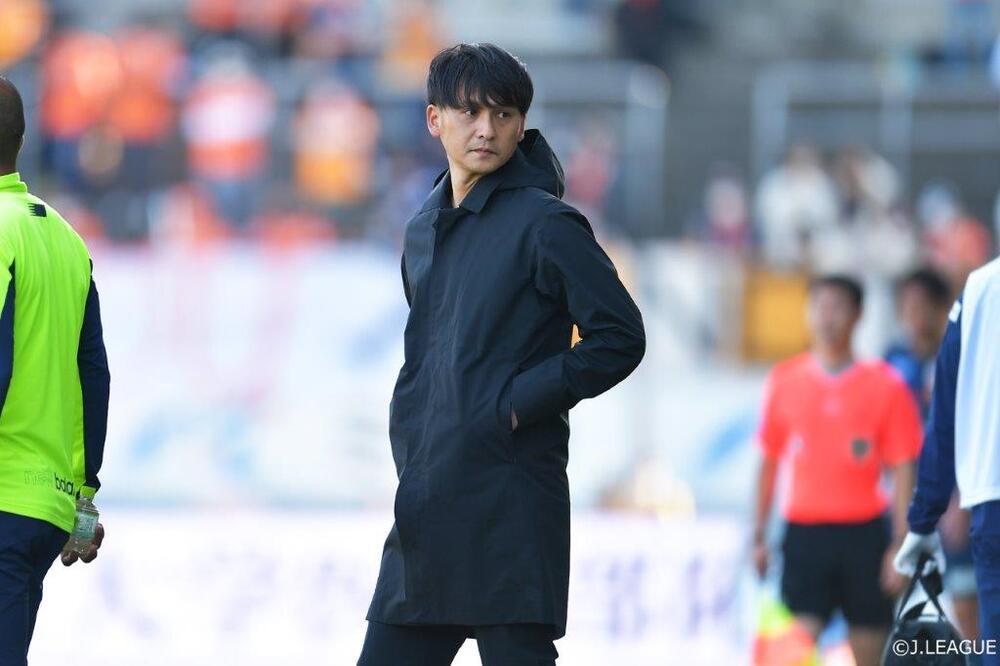
The symbolic acquisitions would be Akito FUKUTA and Naoyuki FUJITA. Or should we say "return to their former club"? The former has already experienced positional play under a coach with Spanish roots while playing for Albirex Niigata, and the latter while playing for Cerezo Osaka. Moreover, the coach who influenced Fukuta is now leading Tokyo from this season, Albert PUIG ORTONEDA. Fukuta has become the new "brain" of the new Sagan.
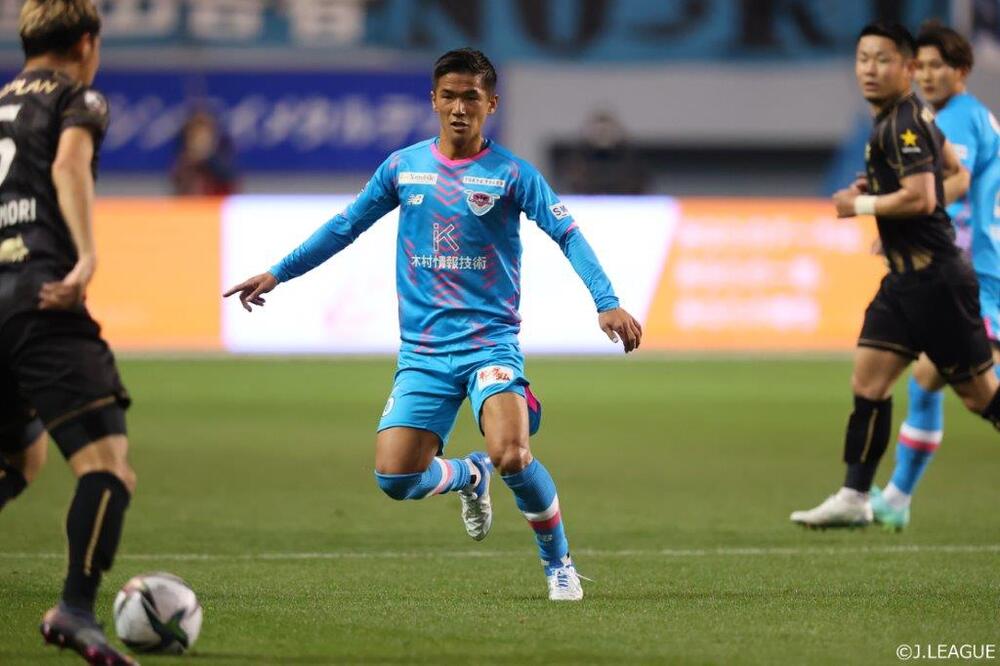
Against an unchanged archenemy, how does Tokyo fare? In contrast to Tosu, they have completely revamped their game model. The banner raised by coach Albert PUIG ORTONEDA is "Position & Possession". The greater the difference from the conventional, the more the battle's composition can change significantly. It can be said that Tokyo's chance of victory lies there. The question is how much has changed.
The first focus will be on the build-up.
Currently in the midst of a revolution. There is variation in skill level in every game. Tosu's press is precise and powerful. How can we avoid it and invade the enemy's territory? There is both hope and anxiety.
When Tosu switches to defense, they relentlessly apply pressure from the front. Moreover, they almost always play man-to-man during high press situations. They catch any player who is free on the ball side and do not allow them to create an easy exit. They then force the opponent to kick a long ball and recover it, transitioning back to attack.
The basic formation is 3-4-2-1, but it can change freely depending on the opponent. It means taking a position that is easy to penetrate from the front. Tokyo's formation is 4-3-3, so in defensive situations it becomes 3-4-1-2. This structure is similar to that of Hokkaido Consadole Sapporo, whom we played against in the 9th round.
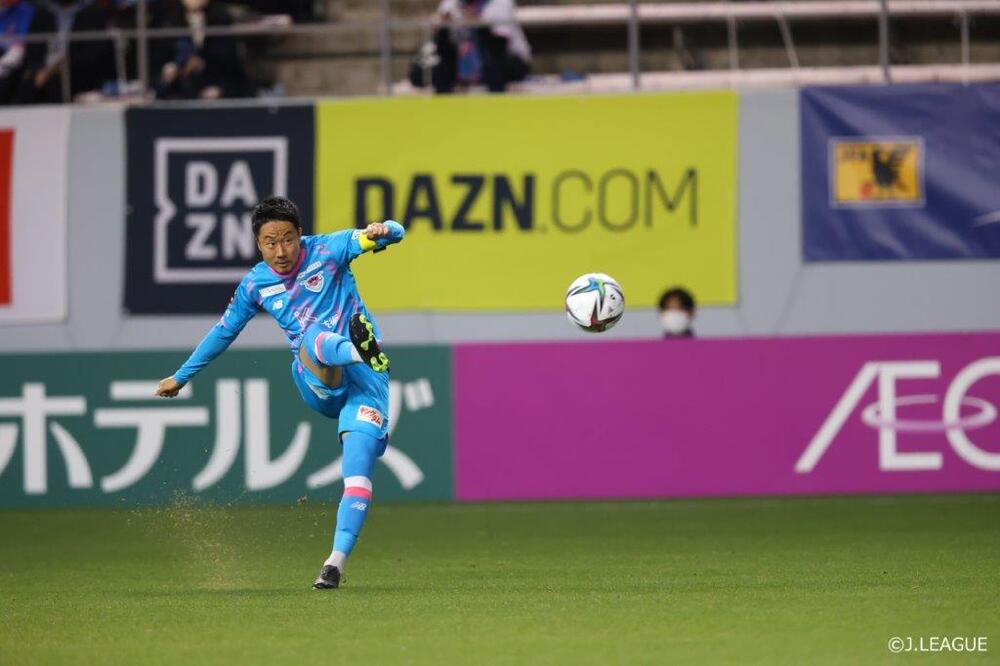
Moreover, the transition between offense and defense is fast, and the movements to catch people are also quick. Even if the attacking side changes their positions finely, the players of Sapporo.D will follow them as they are. Naturally, it is difficult to create a free player. The attacking side has almost no positional advantage. One of the reasons why Tokyo had a hard time building up in the Sapporo game is also due to that.
There are two main ways to open up the game. One is to increase the tempo of passing and release the ball before being marked by the opponent. The other is to utilize space instead of players. The target is behind the last line - sending a player and the ball there to quickly turn the tables on the opponent who is coming forward.
Tokyo has been using the latter (second option) up to this point. Center backs Masato MORISHIGE and Yasuki KIMOTO send long passes behind the line, which often leads to chances. However, good passes don't always go through. When the opponent's press is strong, there is no room to aim and the focus shifts to escaping the danger zone.
In that case, the key is the first option. How to increase the tempo of the pass work and find the exit. In particular, the work of the midfield trio consisting of Takuya AOKI, Shuto ABE, and Kuryu MATSUKI will be crucial. They will be required to participate in the build-up play and advance the ball while being tightly marked by the opponent. In other words, they will be responsible for opening up attacking routes in the center. The more opportunities they have, the more the game will tilt in Tokyo's favor.

Fortunately, there is also experience. We have already played against strong teams such as Sanfrecce Hiroshima and Kyoto Sanga, including the aforementioned Sapporo. How we can make use of that. At the very least, we should not be overwhelmed by the intensity - or so it should be.
And the second focus is how to seal Zeca's possession. For Tokyo players, switching between offense and defense, competing for the ball, and second ball are desired. Although there is room for improvement in efficiently "trapping" points from the front, the intensity itself is extremely high. In that regard, is it rather Tokyo's "unchanging" strength?
By the way, the reason for Kyoto's first victory over unbeaten Tosu since the opening of the season was due to their switching, ball control, and second ball set. They rushed with high intensity in both offense and defense from the kick-off, breaking Tosu's momentum and achieving a comfortable 3-1 victory. In a way, it can be said that both "unusual strength" and "unchanging strength" are necessary for defeating a natural enemy.
By the way, there is a strange similarity between Tokyo and Tosu. Looking at the numbers at the end of the 9th round, Tokyo has scored 8 goals and conceded 5. On the other hand, Tosu has scored 9 goals and conceded 5. It's as if they are both solid in defense and take advantage of few opportunities.
Regardless, the reality is different. The reason for Sagan Tosu's low score is not because they lack opportunities, but rather because they struggle to capitalize on them. On the other hand, in the case of Tokyo, there are fewer opportunities to begin with and their attacking players are not able to fully utilize them. In fact, as of the end of the 9th round, Tokyo has the second lowest average number of shots per game. They are still in the process of figuring out how to break through the enemy's defense after bringing the ball into the attacking zone.
Given these circumstances, will it be a low-scoring battle? Of course, set pieces may also become one of the determining factors for victory or defeat. However, the biggest highlight is still the clash of strengths between the two teams. Which team will be able to overcome the enemy's fierce press and create numerous opportunities to score until the finish?
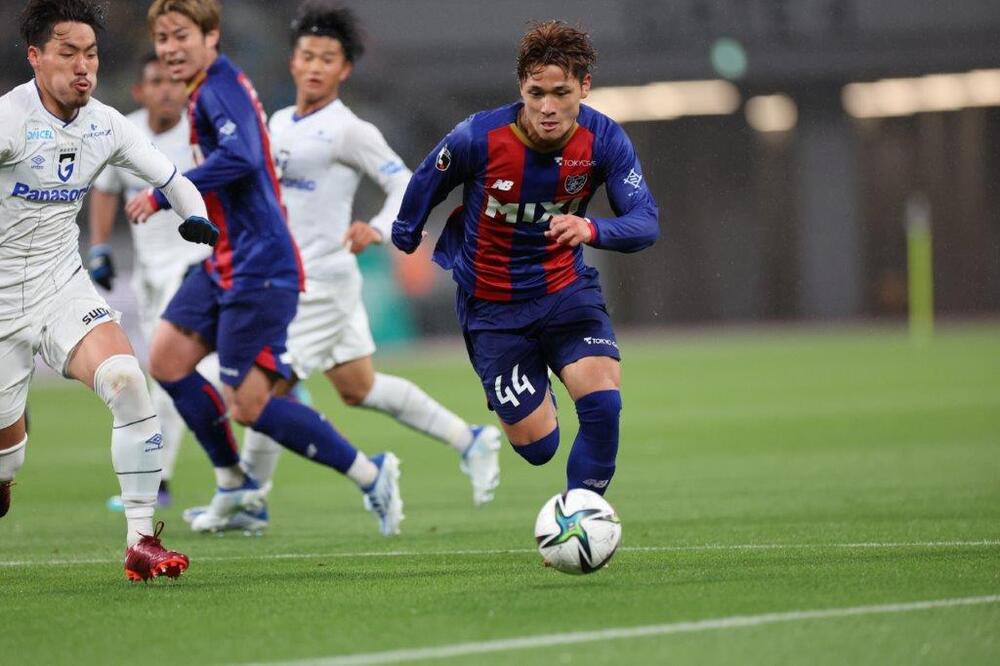
The team that gains an advantage in the midfield battle is likely to be closer to victory. Tokyo's Aoki, Abe, Matsuki, and Tosu's Fukuda, Fujita, and Koizumi - their intense competition is captivating. From Tokyo's perspective, there are high expectations for rookie Matsuki, who graduated from high school. After all, he has no bitter memories of a five-game losing streak like veteran Nagatomo Yuto. His ability to perform brilliantly both in attack and defense should also become a new strength for Tokyo.
Will the archenemy be defeated? The answer will come soon.
Text by Sato Hojo (Football Writer)

